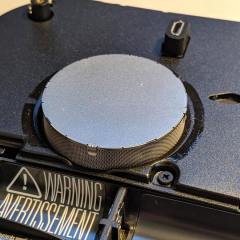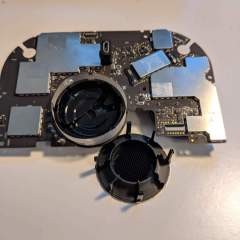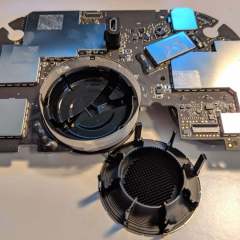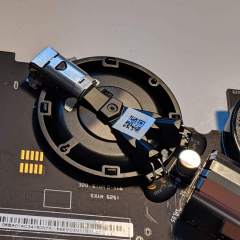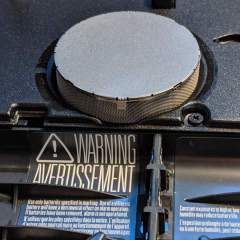Skills Displayed:
- Research and development
- Test design and verification
- Statistical Analysis
- Field Failure Analysis
- Creative problem solving
- Project ownership
When I joined Nest, the development of the 2nd generation Nest Protect was already underway and most of the design was settled. However, a big outstanding issue with the product was the optical design of the smoke chamber. The first generation product had issues with false alarming – dust and fibers from the house could float up into the chamber and trigger the sensor. This was understandably a huge source of customer complains and a big concern for the company.
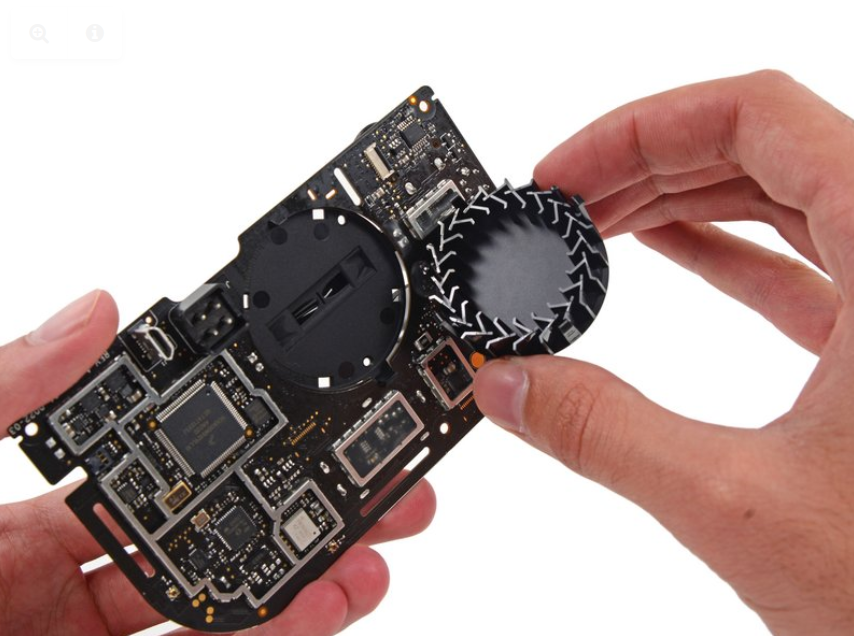
Alongside optical and hardware engineers, the ME team was tasked with showing that the new designs were much less susceptible to these false alarm issues. My part of this task was to develop a test that could simulate the settling of household dust into the device over years, and accelerate the test to take less than an hour. This type of acceleration factor would be very difficult to achieve without introducing non-linear effects which could invalidate data.
I first undertook a significant research project to determine the correct dust to use, settling on a DMT dust we procured from Europe. From here I prototyped and evaluated several different dust dispersal methods. Using the knowledge I had gained from these experiments, we sought the help of an outside engineering firm to build our dust chamber for us. I can’t go into the details of this chamber, but I will say that we could test 9 units simultaneously in this chamber and that we used complex statistical methods along with real world field data to validate we were not introducing unrealistic acceleration factors.
One major addition to the product was a chemically etched screen / mesh that was applied to the outer edges of the smoke chamber. We had a catch 22 with this part – the bigger the holes, the quicker our smoke alarm would respond to smoke. On the flip side, bigger holes would let more dust and fibers into the device. In addition, the holes would clog over time when exposed to household air, aerosolized oil, dust, fibers, and all the other things floating in the air. We realized we would have to quantify the “clogging” factor and correlate it with performance as well. I created an image processing script in Python that measured open area of the mesh and then also tested the time to alarm and other factors in our smoke chamber.
After running our devices through hundreds of simulated years with various mesh sizes, I created a singular metric applying weights to each factor – time to alarm, mesh clogging rate, and false alarm rate were calculated for each hole size investigated. Based on this data I was able to make a recommendation for the proper hole size.
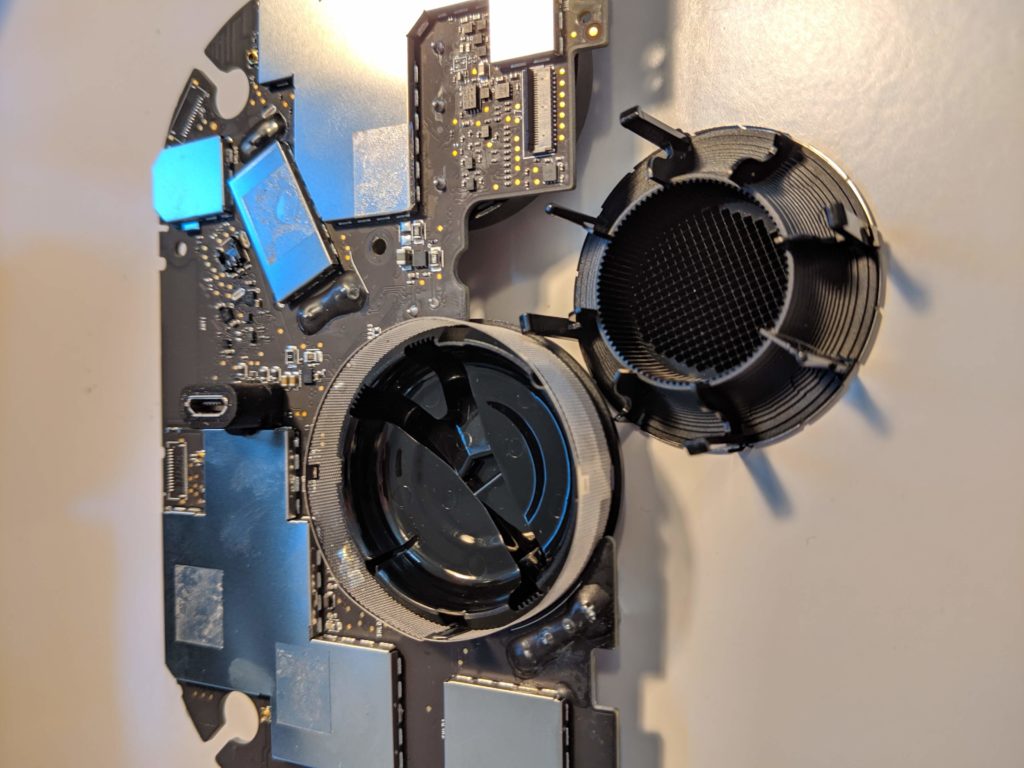
After years in the field, it is clear that our efforts to reduce false alarm rates were a huge success. The previous incarnation was rated 3.5 stars on most outlets, with the primary complaint being the false alarm rate. The second generation is still rated very highly despite its 2015 launch date – and is holding up as the #1 connected smoke detector with a 4.5 star rating on amazon and consistent 9+/10 reviews on other sites.
